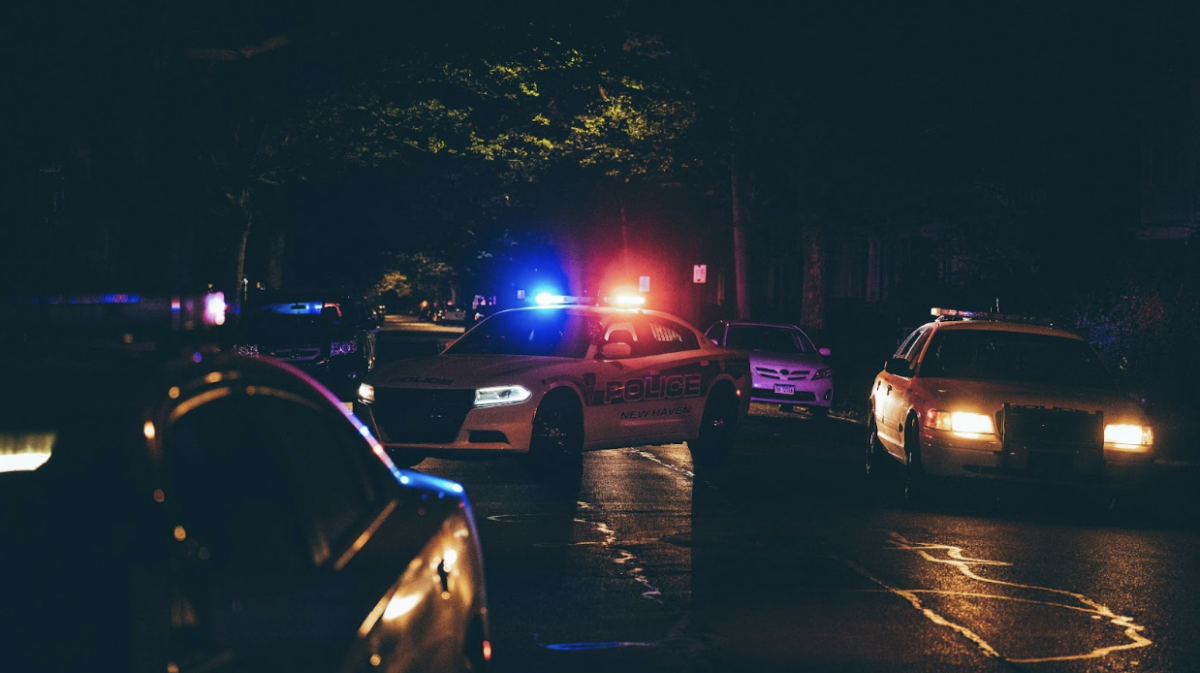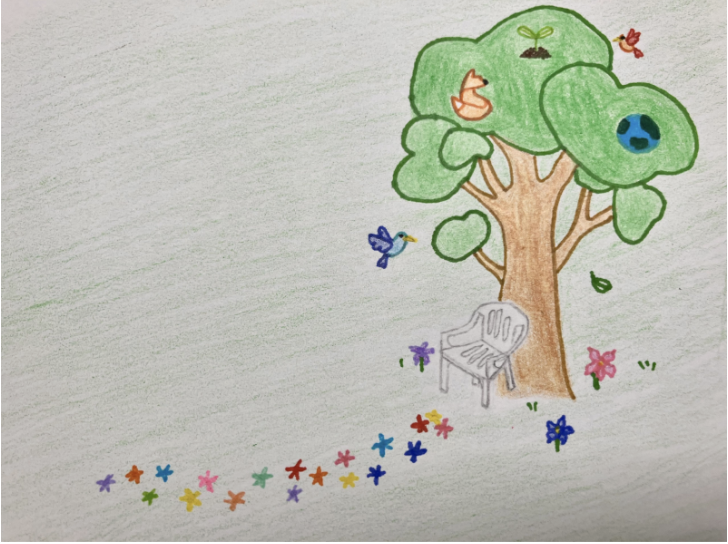Nearly every American remembers the viral Black Friday horror stories that circulated the internet roughly a decade ago. The day following Thanksgiving, a celebration of blessings, family and gratitude, violent mobs kicked off Christmas shopping by pillaging corporate stores like Walmart and Kohls and picking the shelves clean. What better way to show thanks for what you have than by getting into physical altercations with strangers over the last discount crockpot; however, recently, the same excitement that used to surround the holiday no longer seems to be present.
On Black Friday, people occasionally were trampled as manic crowds bulldozed through open gates. One woman even went so far as to pepper spray 20 other shoppers–including children–in a Los Angeles Walmart after the employees brought out a crate of markdown XBox 360s. In recent years, however, the comotion over Black Friday has died down. Sales the day after Thanksgiving have slowed and stories of Black Friday injuries have become rare, which leaves people wondering why the craze over the biggest sales holiday of the year has suddenly vanished.
Black Friday began in the 1950’s and has raged on into the early 2010s. 1950s shop owners used the term “Black Friday” to describe chaos eager shoppers brought into their stores during the holiday shopping season. Retailers embraced the term and used it to advertise Black Friday sales. Since then, the holiday has evolved into the chaotic calamity that we all know today.
In the past 12 years, hundreds of injuries and 11 deaths have occurred as a result of Black Friday insanity and a lack of proper safety measures taken by retailers to the point that in 2008, Long Island Walmart employee Jdimytai Damour, was trampled to death after a stampede of fervid bargain hunters broke the doors down and stormed into the store. A bystander who witnessed the incident described the shoppers as “savages.” A few considerate customers and coworkers attempted to rescue Damour, but to no avail. Four others, including a pregnant woman, were injured in the chaos.
Multiple instances of gun violence have occurred on Black Friday. At a California Toys R Us, two men died after shooting at each other because the women with them got into a skirmish over toys. A similar instance took place four years later, in Tallahassee Florida, where two people were shot and wounded over fighting for a parking spot. Luckily, they made a full recovery.
Black Friday sales become a lot less appealing when coupled with a risk of injury– no deal is worth death. While gruesome incidents certainly have played a part in scaring shoppers away from hectic holiday shopping, the biggest factor in the downfall of Black Friday is not violence, but convenience: online shopping.
Instead of Black Friday sales, a new holiday has emerged–Cyber Monday. Now, customers can secure deals with just a click of a button rather than pushing through thick crowds and waiting in long lines. Rather than camping outside a Walmart in cold weather on the night of Thanksgiving, shoppers can now comfortably stay home, eat turkey and wait for Cyber Monday to roll around.
As the amount of online sales rise, the amount of people that shop in-person have plummeted. In 2010, online sales were only 6.4% of Black Friday purchases. In just 13 years, the amount of online shopping has risen to 59%, where half of consumers skipped in-person sales altogether.
Cyber Monday and Black Friday aren’t the only sales of November either. Retailers have expanded it into a month-long event, leading many to wonder if we should refer to it as “Black November” instead. Additionally, some companies have made their marketing tactics exclusive to focus on giving faithful account-holding customers early discounts rather than the general public. What was once the biggest sales holiday of the year has now been stretched over the course of a month, making one singular day of sales a lot less special for customers.
In recent years, companies have shown apathy towards the holiday as well. Walmart, a former Black Friday hub, opened at its normal opening time at 6 a.m. last year rather than at midnight. Other stores have followed suit, demonstrating a lack of excitement for Black Friday sales.
Additionally, the deals simply are not appealing anymore. Companies who used to discount their items by 50% or more have become stingy. Many businesses purposely increase their prices in the weeks leading up to Black Friday, then drop their items back down to the normal price and claim it’s on sale.
The most notorious case of this are flat screen televisions which before were used to draw buyers into their stores. After the Covid-19 pandemic, however, companies weathered financial hardship and became more protective of their inventories. What was once an opportunity to sell out their stock at astonishingly low prices now turned into companies avoiding stocking too many or too little products to avoid the financial consequences of underproduction or overproduction. As a result, the 80% mark off for flat screen TVs have disappeared.
The popularity of Black Friday is declining, and Americans have varied opinions on if the event should be revived or left in the past. Many want the thunder of Black Friday back, while others view it as a holiday celebrating materialism, violence and greed. While people have mixed beliefs on Black Friday, one thing can be agreed upon– the deals simply are not as good or exciting anymore.













































































